
chelwood bridge rotary-netzero
Impact of climate change on our animals
Around one million animal and plant species are now threatened with extinction.
This is according to the Intergovernmental Science-Policy Platform on Biodiversity and Ecosystem Services (IPBES). How much is climate change to blame? It affects at least 10,967 species on the IUCN Red List, and projections suggest that if global temperatures increase by 2°C by 2100, about 18% of all species on land will face a high risk of going extinct. More sensitive animals will fare even worse, with over 30% of insect pollinators and salamanders facing high risks in this projection.
The combination of challenges could cause many animals to go extinct. The world’s most vulnerable animals, including those already near extinction, will likely face the biggest threats.

Climate Change threatens vital Biodiversity.
The Earth is now about 1.1°C (2°F) warmer than it was in the 1800s. Based on current projections, global temperatures will rise by 2.7°C (4.8°F) by the end of the century. It’s impossible to predict exactly how long-term shifts in temperatures and weather patterns will affect our planet’s fragile, deeply entwined ecosystems. Changes in one area influence changes in other areas and animals will feel the impact. Some of the biggest climate-driven threats for wildlife include:
Habitat Loss:
Rising temperatures affect vegetation, food sources, access to water and much more. Ecosystems may become uninhabitable for certain animals, forcing wildlife to migrate outside of their usual patterns in search of food and livable conditions, while causing other animals to die off.
For example, if rates of habitat loss and fragmentation due to human development and global warming continue—combined with deaths from poaching—we could lose Africa’s elephants in the next 40 years.
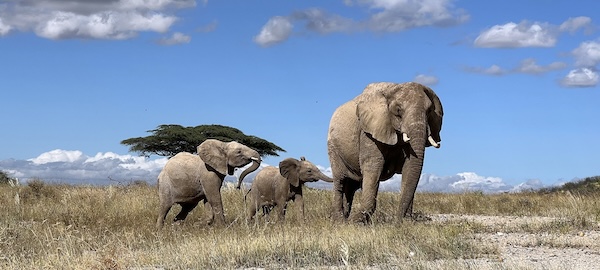
Natural Disasters:
Natural disasters: Already today we face a five-fold increase, compared to 50 years ago, in climate and weather-related natural disasters such as droughts, wildfires and hurricanes. These disasters cause catastrophic loss of life and habitat for people, pets and wildlife.
Australia’s Black Summer bushfires (2019–20), for example, burned 186,000 square kilometers (72,000 square miles) and are estimated to have killed or displaced three billion koalas, kangaroos and other animals.
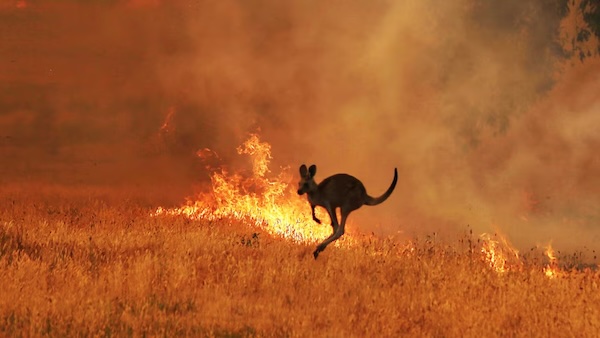
Human-wildlife conflict:
Climate change intensifies human-wildlife conflict through habitat loss and extreme climate events, forcing people and wildlife to share increasingly crowded spaces. As ecosystems change, people and wildlife roam farther in search of food, water and resources. Human-wildlife conflict often results in devastating impact for the animals affected.
For example, jaguars sometimes prey on domestic animals and disrupt human livelihoods, leading to retaliatory killings that result in the further decline of already-dwindling jaguar populations
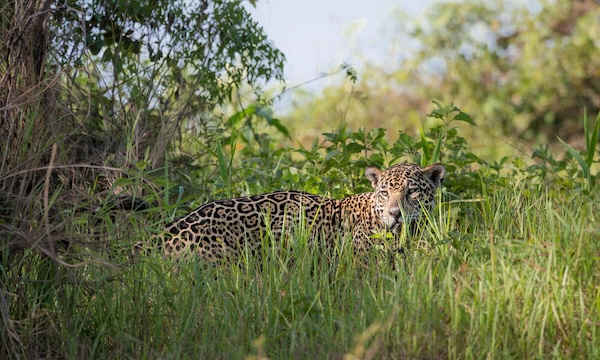
our allies in fighting climate change
Thankfully, we have a powerful ally in our fight
against climate change: animals and the ecosystems they
are part of. The United Nations estimates that healthy
ecosystems could account for 37% of the carbon
reductions needed to limit global temperature rise.
Healthy ecosystems with abundant plants and trees absorb
carbon from the atmosphere and store it. So, preserving
or restoring nature is a powerful tool in the race to
stop climate change. Healthy ecosystems also filter
water, buffer against flooding, reduce the impact of
disasters, improve soil health and support rich
biodiversity. Keystone species and nearly all animals
play vital, sometimes invisible, roles in securing
biodiversity and conserving habitats
For example, whales play a significant role in
supporting healthy marine ecosystems. Whale poop
provides nutrients to phytoplankton. Like plants,
phytoplankton capture large amounts of CO2 and convert
it to energy, removing carbon from the atmosphere.
When phytoplankton are eaten by other marine animals,
such as whales, the carbon continues to pass through the
food web, remaining out of the atmosphere and not
contributing to global warming.
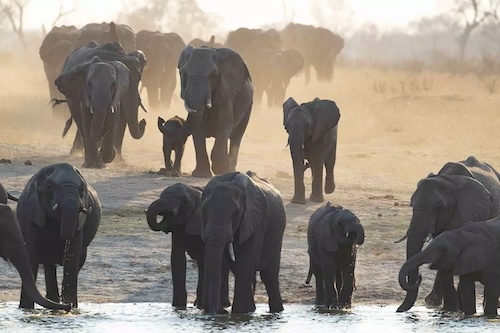
Elephants play important roles in engineering healthy
ecosystems that in turn absorb CO2 and keep it out of
the atmosphere. Elephants disperse seeds, fertilize
soil, dig wells, create trails for other animals and
clear space that encourages new plant growth.
Pangolins eat ants and termites, keeping those
populations regulated, and excavate dens that are used
by other animals, both of which are essential in the
ecosystems where pangolins live.
What Can We Do?
The combination of challenges could cause many animals
to go extinct. The world’s most vulnerable animals,
including those already near extinction, will likely
face the biggest threats.
The North Atlantic right whale, for example, teeters on
the brink of extinction, with an estimated 336
individual animals remaining, the lowest count in 20
years. A warming ocean, coupled with a failure to
decrease conflicts with humans (vessel strikes and
entanglement in fishing gear), could drive this species
to extinction.
Animals across the planet are threatened by climate
change, facing habitat loss and degradation, decreased
food sources, and disrupted reproductive habits. If
global temperatures continue to rise, more and more
species will start to become vulnerable and head towards
extinction.
Net Zero
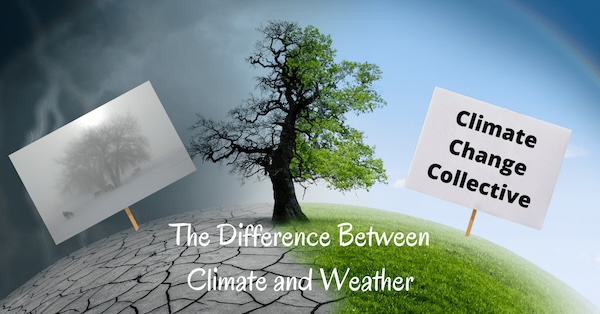
climate change
These animals are among the most
negatively affected by rising sea temperatures, melting
ice, and changing weather patterns caused by climate
change—and some have already gone extinct.
The Bramble Cay
Known as the Bramble Cay
mosaic-tailed rat, is a rodent that recently went
extinct due to climate change. Weighing only about 100
grams, this rodent was found only on the tiny island of
Bramble Cay in the Great Barrier Reef, but its’ habitat
was destroyed by rising sea levels. The Bramble Cay
melomys is reportedly the first mammal to go extinct as
a result of climate change.
The Golden Toad
A recently extinct toad species
native to Costa Rica. The toad was a bright
orange-yellow color, grew about 8 centimetres long, and
could live for up to an estimated 10 years in the wild.
It burrowed underground in the elfin cloud forest
ecosystem.
Golden toads relied on having the right amount of rain
to reproduce. If the rains were too heavy, larvae might
have been stranded on the forest floor—but they also
needed enough water to stay hydrated. Thanks to changing
weather patterns, the golden toad became unable to
reproduce.
Corals
Include some of the world’s most
rapidly declining species. Their decreasing numbers are
caused by mass bleaching, disease, and die-offs, due to
rising ocean temperatures and ocean acidification. There
are thousands of coral species around the world, and
they build ocean ecosystems that provide a home to more
than a quarter of marine life.
The Chinook Salmon
A protected fish and the largest
salmon in the Pacific, weighing between about 20 and 60
kilograms. In addition to being threatened by commercial
and recreational fishing, habitat degradation and loss,
and impediments such as dams, the Chinook salmon is also
at risk due to climate change. Chinook salmon are listed
as endangered under the Endangered Species Act.
Rising ocean temperatures is the primary way in which
climate change is affecting Chinook salmon. A loss of
snow and glaciers means the flow of freshwater streams
in the summer and fall is reduced, which makes it
difficult for these salmon to migrate from freshwater
streams, where they are born, to the ocean, where they
live as adults. Warmer water temperatures also make
salmon more susceptible to predation, parasites, and
disease. Rising sea levels from melting ice also makes
low-lying estuaries, on which these salmon rely in their
juvenile stage, less suitable for them
The Green Sea Turtle
Is experiencing imbalanced
sex ratios due to warmer temperatures during egg
incubation in their shoreline habitats. Females now
account for 99% of newly hatched green sea turtles on
some nesting beaches. This poses a serious threat to
their reproductive ability and survival as a species.
The Polar Bear
Listed as vulnerable by the IUCN
thanks to how their habitat, Arctic sea ice, is
progressively disappearing every summer. Polar bears
rely on the presence of ice for hunting, sleeping,
mating, and dens for raising their cubs. Climate change
is reducing the availability of Arctic sea ice, leaving
polar bears in a threatened position as the ice
continues to melt earlier in the spring and solidify
later in the fall. This also creates a heightened risk
of human-wildlife conflict, as polar bears are forced to
spend more time on land instead of ice, which could lead
them into contact with humans.
Adélie Penguin
As the most widespread species of
penguin, the Adélie penguin lives along the entire
coast of the Antarctic continent. It has a near
threatened conservation status due to how its primary
food source, krill, is dying. Krill are tiny crustaceans
that live on the undersides of ice sheets, where they
find refuge and eat algae. But as Antarctic sea ice
continues to melt, krill populations are falling. This
means there is less and less food available to support
Adélie penguins and the other species that eat them,
including certain whales.
Bumblebees
There are over 250 species of
bumblebees, and they are some of our planet’s most
important pollinators—without them, we wouldn’t have
many of our vegetables, fruits, legumes, and other
crops. But due to climate change, rising temperatures
are forcing bumblebee populations further north to
cooler climates. These temperature changes are also
causing spring flowers to bloom earlier than normal,
leaving less time for the bees to pollinate them.
Changes in weather patterns are also negatively
impacting many bee species. Extreme rainfall and
droughts can disrupt their foraging patterns, while
disasters like floods and wildfires can destroy their
habitats.
Whales
Whales are some of the most
important animals for protecting our environment. Not
only do they manage their underwater ecosystems by
keeping prey populations in check, but as the largest
animals on earth, they also sequester large amounts of
carbon that would otherwise enter our atmosphere.
Keeping whale populations alive and thriving is crucial
to combating climate change, but they are being
negatively affected by rising sea temperatures. Whales
rely on specific ocean temperatures for their migration,
feeding, and reproduction. As temperatures rise, these
habits are disrupted, and their survival becomes
threatened.
Critically endangered North Atlantic right whales, for
instance, face serious climate-related threats. They are
experiencing increased water temperatures and changing
winds and ocean currents, their food sources are likely
to move and become scarcer in the coming years, and
because female North Atlantic right whales are traveling
farther for food and navigating other threats, their
birth rates are dropping.
The Asian elephant
Sharks
Are experiencing difficulty hunting and a concerning embryo mortality rate as ocean temperatures and acidity rise worldwide due to climate change. In the Pacific Ocean in particular, rising temperatures force sharks northward by an average of 30 kilometres annually. This disrupts the balance of marine ecosystems that depend on sharks as apex predators.